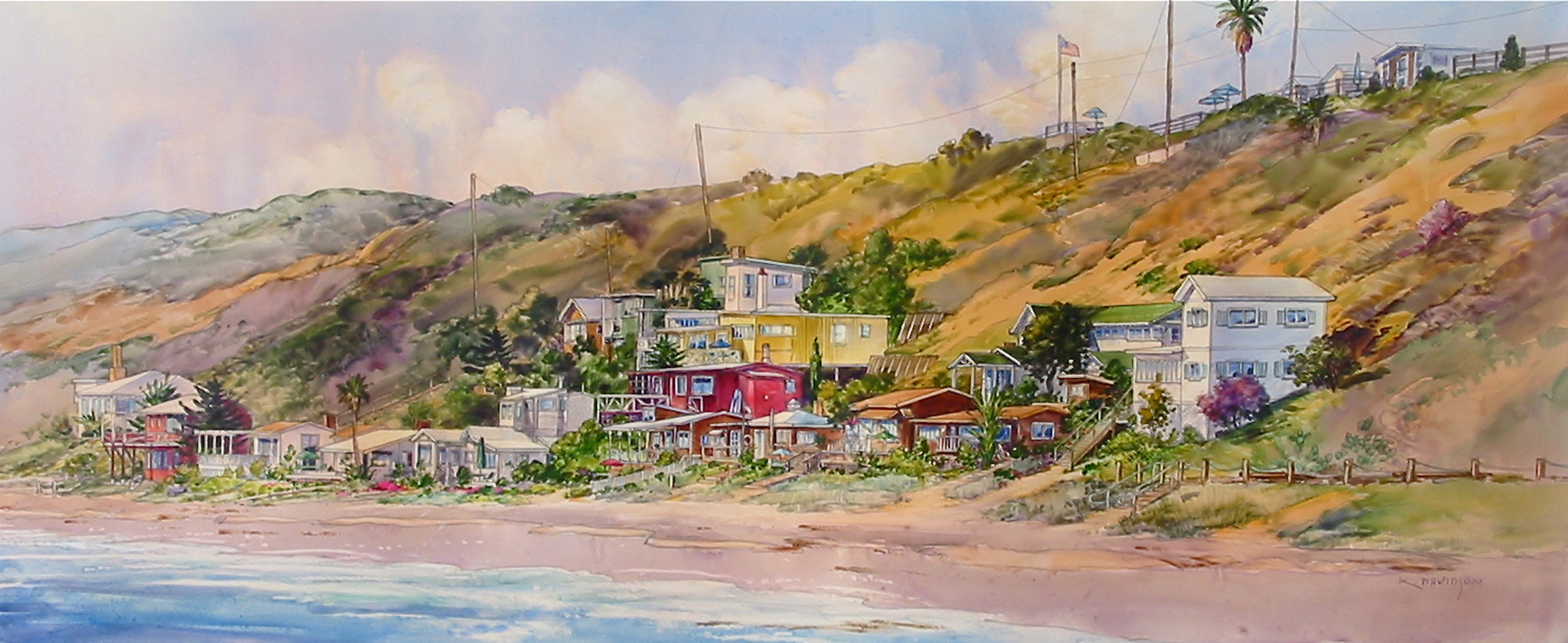
Just like there is no free lunch, there really is no such thing as a true “no-cost” loan. But, it is possible to get a loan without coming out of pocket for closing costs, points and other expenses. Let me explain how it works.
There is always a correlation between interest rate and the cost for a loan. All lenders should offer all borrowers both a no-cost loan option and a loan with standard costs to see which one is best for the client. It’s not hard to figure out and the answer varies according to how long the borrower keeps the property and the amount of cash that they have.
A Simple Example
Let’s compare a $300,000 no-cost Loan to one with standard closing costs of $3,000 and also to a third loan with standard closing costs, plus 1 point. Figure that the standard closing costs are $3,000 and include escrow, title insurance, appraisal and lender fees. If the borrower is paying a point, this would add an additional cost of $3000. (1 point = 1 precent of the loan amount or $3,000 in this example).
You can see that the “No-Cost” Loan comes with a higher interest rate than a loan where the borrower pays for the closing costs. And, if the borrower is willing to pay a point (1 percent of the loan amount) in addition to the closing costs, the rate goes down even further.
Now, let’s look at the cost of each loan over time. The chart below shows the total cost of each option over the 30-year life of the loan.
| No-Cost Loan | Standard Cost Loan | 1-Point Loan | |
| Interest Rate: | 4.25% | 4..00% | 3.75% |
| Monthly Payment: | $1,475.82 | $1,432.25 | $1,389.35 |
| Total all Pmts: | $531.295 | $515,610 | $500,166 |
| Total Interest | $231,295 | $215,610 | $200,166 |
| Cost of Loan: | $0 | $3,000 | $6,000 |
| Net Savings: | $0 | $12,685 | $25,129 |
Now you can see that the no-cost loan costs less up front, but over time, a loan with a lower interest rate and lower payments saves the borrower considerable money when compared to the loan with no costs.
When deciding which option is best, it is helpful to know the break-even point in time. In this example, the break-even point is about four years. So if the borrower intends to keep the property and the loan more than four years, they are better off paying closing costs. And, if they pay a point, too, the savings is even greater over time.
It’s important to make the right choice up front since it could be one that you live with for 30 years.



